Dr. Zoran Ivich will deliver a series of 5 lectures
At NUST MISIS
Moscow, Leninsky Prospekt, 4
Laboratory for superconducting metamaterials / Phone: 8 (495) 6384646, email: smm@misis.ru
Dr. Zoran Ivich will deliver a series of 5 lectures, which are combined into one topic: "Optically Induced Coherent Phenomena in Quantum Metamaterials"
- “Vinča” Institute of Nuclear Sciences, University of Belgrade, Belgrade, Serbia
- National University of Science and Technology MISiS, Moscow, Russia
- CQCN, Department of Physics, University of Crete,Heraklion, Greece
The schedule of lectures:
27.11.2015 at 12:40 (auditorium К-319)
27.11.2015 at 12:40 (auditorium К-319)
27.11.2015 at 12:40 (auditorium Б-702)
04.12.2015 at 16:20 (auditorium Б-702)
11.12.2015 at 16:20 (auditorium Б-702)
The purpose of this course is to to get students acquainted with the unique optical properties of quantum metamaterials (QMM) which provide the means to control the light propagation through the media. Quantum metamaterials (QMM) are the artificial media that aim at using the quantum building blocks (artificial atoms or meta-atoms) in a judicious way so that quantum phenomena can be harnessed to achieve quantum information processing and quantum-based next-generation electronic devices. The course will cover the collective coherent phenomena, such as self-induced transparency (SIT) and superradiance (SR), emerging during the propagation of the electromagnetic (EM) radiation in QMMs designed as qubit lattices - the areas of the large number of periodically arranged qubits. Main attention is devoted to QMMs based on superconducting qubits, also, the possible emergence of SIT and SR in materials built up of the quantum dot based qubits will be briefly discussed.
The first part of the course (2 lectures, 4 hours) deals with the collective coherent phenomena in natural atoms. These lectures cover the basic principles of the matter-light interactions particularly emphasizing the coherence in atom-field interactions. Semiclassical and quantum mechanical aspects of the optical coherence will be considered. Through these lectures students will gain the insight in the physical nature of SIT (single and two-photon) in gaseous (vapor) and in ordered media (semiconductor crystals). Also, a brief overview of the main mathematical techniques, such as rotating wave approximation (RWA) and slowly varying envelope approximation (SWEA), will be presented and illustrated through the examples. The material of these lectures, in part, addresses the SIT, SR and superfluorescence of Frenkel excitons in quasi-one-dimensional molecular crystal in order to bridge the optical coherence in natural and artificial (QMM) media. This stage of the course will be completed by reviewing the major experimental observations of the effects.
The second part of this course (3 lectures, 6 hours) is devoted to the possible occurrence and experimental observation of the optical coherence in the artificial media. SIT and SR in QMM with different types of qubits (phase, flux or charge) arranged within the different “architectures” will be considered and theoretical models for each particular “experimental” realizations of QMMs will be formulated. In the next stage, general theoretical EM pulse propagation in QMM will be described within the semiclassical approximation employing the Maxwell-Bloch equations. The conditions for the occurrence of the Soliton-like pulses will be established. The third stage addresses the quantum aspect of the optical coherent phenomena in QMMs.
In conclusion, the implementation of QMM in control of the light propagation and its consequence for the quantum information processing will be discussed.
The scientific questions to be covered by the course
1.1. Mater-light interactions
a) Atom-field interaction - semiclassical theory,
• Interaction of EM field with single two-level atom
• Optical Bloch equations
• Maxwell-Schrodinger and Maxwell-Bloch equations
b) Atom-field interaction - quantum theory
• Coherent and squeezed coherent states of the radiation field
• Interaction of a single two-level atom with a single-and multi- mode fields
c) Decoherence-semiclassical and quantum theory of damping in optics
• Method of the non-equilibrium statistical operator
• Semiclassical picture of decoherence
• two-level atom in static magnetic field with small amplitude fluctuations
• Quantum approach
• Spin-boson model
1.2. Resonant Pulse Propagation, Self-Induced Transparency and Superradiance
a) “Single-photon” self-induced transparency
b) Two-photon self-induced transparency
c) Coherence in ordered media: SIT and SR of Frenkel excitons in molecular crystals
d) Review of the experimental work on SIT and SR
2. Propagation of the EM radiation in charge qubit QMMs
2.1. Charge qubit transmission line: N-qubit coupled with coplanar superconducting resonator
• Mathematical model and Maxwel-Bloch equations for
• SIT soliton in superconducting charge qubit transmission line
• Comparison with Frenkel exciton SIT in molecular media
2.2. SIT in coupled cavities QMM
a) Quantum phase transitions versus SIT solitons in coupled cavity QMM
2.3. Generation of nonclassical light in charge qubit based QMM
a) coherent and squeezed coherent states




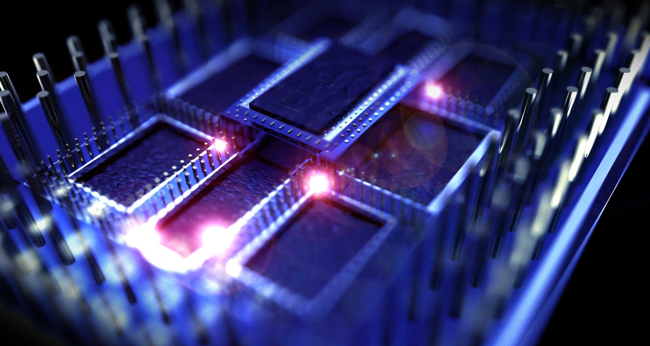
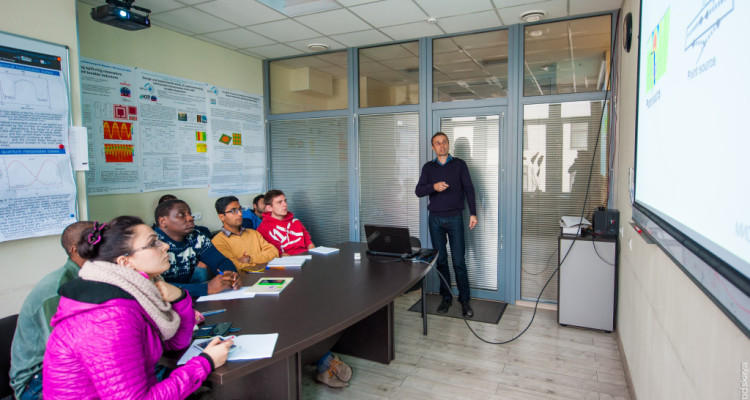
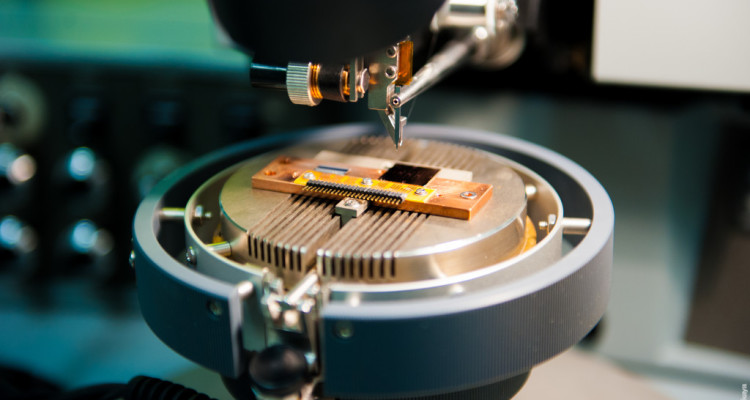
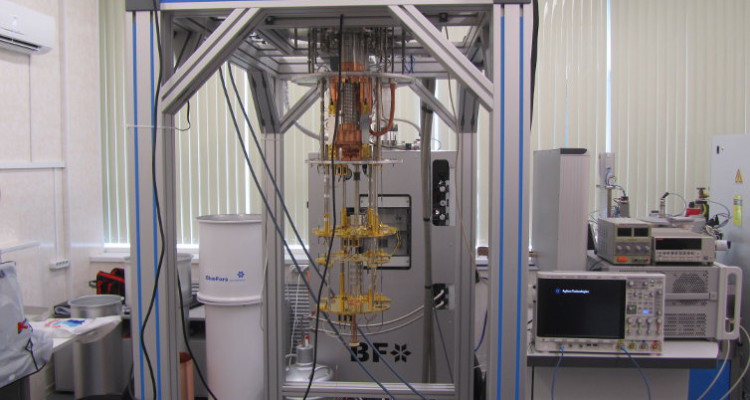
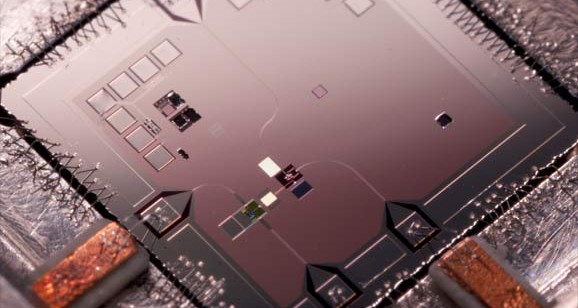
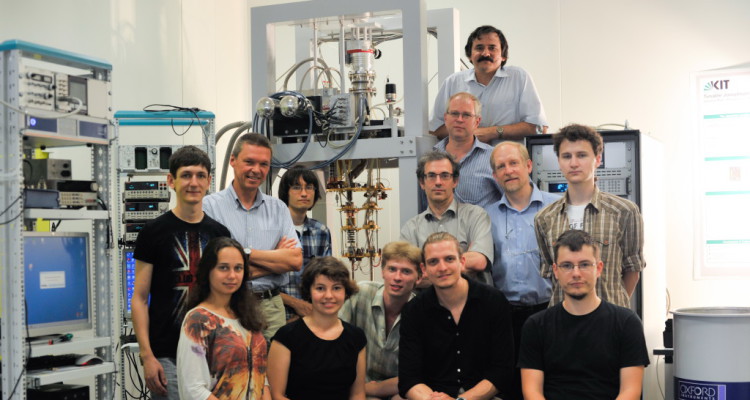
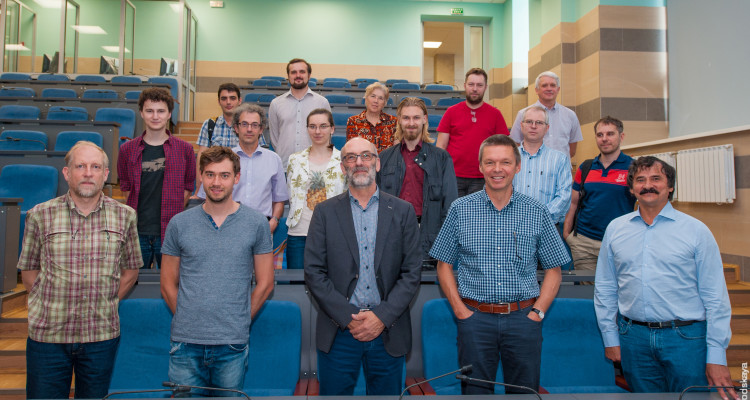
 24 November 2015
24 November 2015 